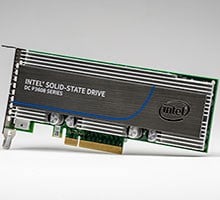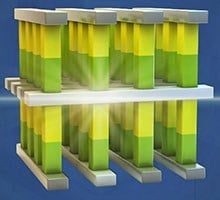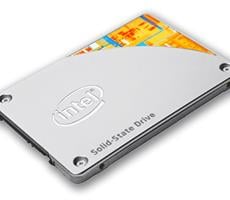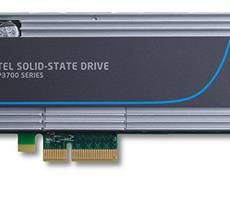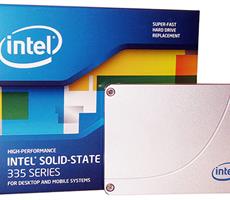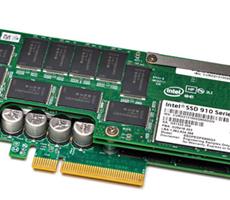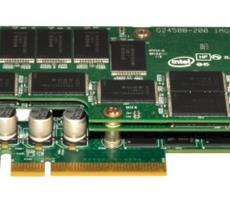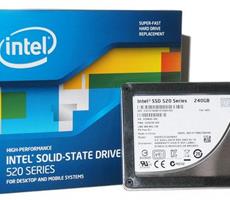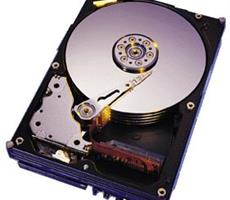Computer Storage Products Reviews And News
Internal, external, hard drives or SSD -- you need somewhere to store your files, images and media. And don't forget to back-up early and often. Here we cover computer storage products of all types like Solid State Drives (SSD), good old spinning Hard Drives, external storage devices and network attached storage (NAS) devices.

